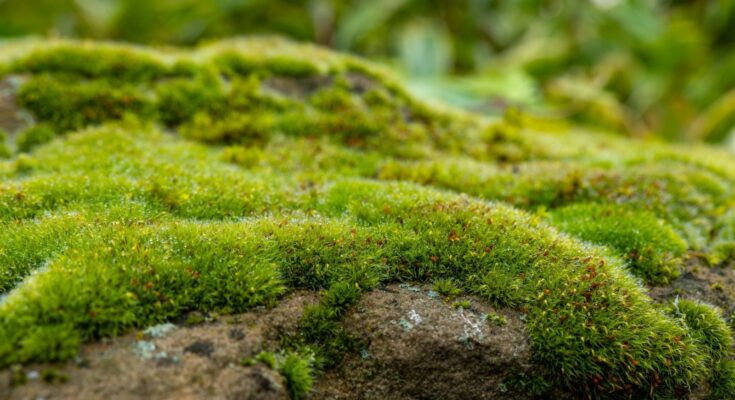The One Place You Want To Avoid Harvesting Moss For Your Own Yard And Why
Although many homeowners use gardening hacks to remove moss from their lawns and gardens, there are those who value its presence. Moss can make areas of poorly-draining, low-fertility soil look beautiful. While some gardeners encourage moss to grow in their yards by preparing the ground and lowering the pH of the soil, others find it easier to simply transplant moss from one spot to another. While this might seem like the perfect hack to make your moss garden thrive, you need to be careful never to harvest moss from protected locations. Taking moss out of protected areas, such as national parks, is not only bad for the environment, but it’s also illegal under federal law.
Restrictions are imposed on certain protected public lands in the U.S. to protect fragile ecosystems. Places like national parks, state parks, and other public lands often have laws that restrict what can be taken in or taken out of them. The people in charge of these wild areas in the U.S. take protecting wildlife and wild plants very seriously. Along with legal protections, there is a general guideline that visitors to public places should leave what they find where they find it. Removing a few natural things from a national or state park might appear harmless; however, you can inadvertently damage a small portion of a delicate ecosystem. So, if you want to use moss as a grass alternative to create a lush green lawn that’s easy to care for, source it from more acceptable sites.
Why you don’t want to take moss from public lands
Foraging, which includes harvesting moss, is illegal in U.S. national parks. According to 36 CFR §2.1(c), it is prohibited to possess, destroy, injure, deface, remove, dig, or disturb from its natural state plants or the parts or products thereof. Certain plants and natural things, like mushrooms and fruits, might be foraged from specific parks in small quantities, but moss is not included on this list. The rules set by park superintendents for individual parks may also be inconsistent or confusing to follow correctly.
The ecological harm you can cause by harvesting wild moss should not be downplayed. Moss growing in wild areas of the U.S. is on the frontlines of the climate crisis. A study from the University of New South Wales Sydney found that moss helps store 6.43 billion tonnes of carbon compared to bare soil. By taking moss from untouched areas, you could disrupt this process. There is also the issue of harvesting moss without recognizing its type or how old it is, which can be both dangerous for the harvester and unsustainable for the forest. So, if you’re interested in savvy tips for fighting climate change from your garden, grow your own moss or source it responsibly instead. Recommended locations for sourcing moss could include land that will soon be developed (as long as you get permission from an owner or site manager); logging debris and discarded roof tiles or shingles may also provide opportunities. Just be sure to practice safe harvesting methods and collect only small samplings.



